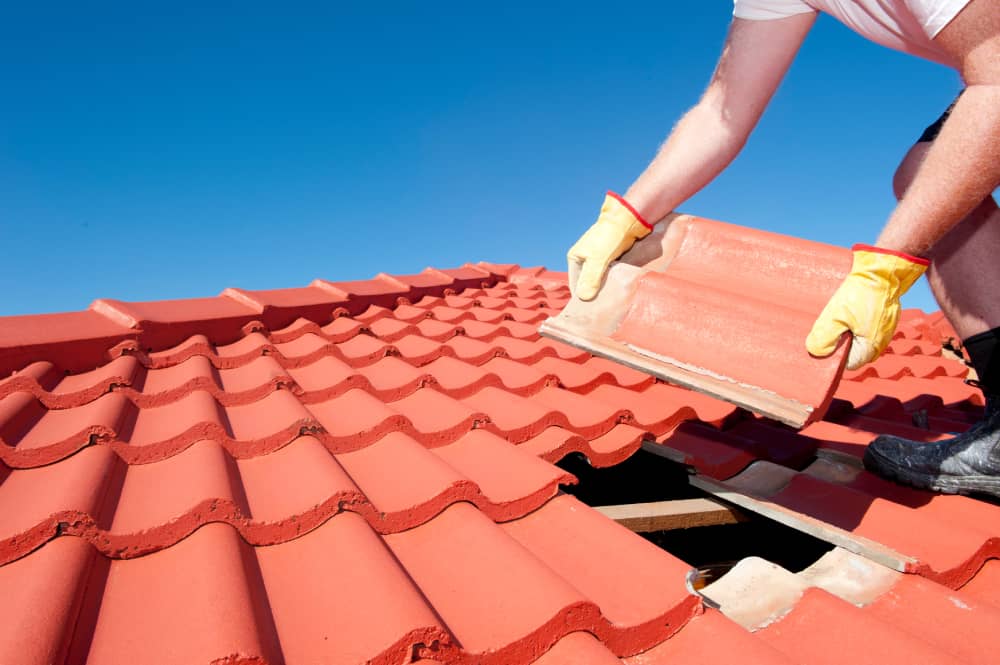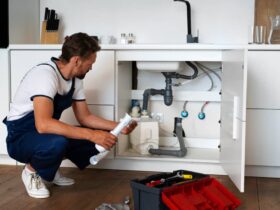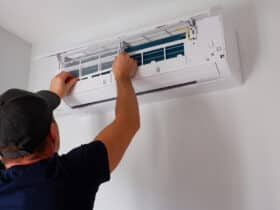The electrical system is an integral part of every home. It’s what makes things work when it comes to running your appliances, lights, and entertainment systems.
However, electrical malfunction is inevitable and can be a significant inconvenience. This is where switchgear comes into play.
Many companies engage in industrial switchgear. These devices can be used in non-industrial applications such as residential properties. For homeowners like you, switchgear will come in handy when it comes to electrical problems you may encounter.
This definitive guide will give you detailed information about switchgear and how you can benefit from using them in your home.
What Is Switchgear?
Switchgear is the equipment that controls and protects your home’s electrical system. Its primary purpose is to de-energize preparing for maintenance and repair to rectify faults.
When there’s a malfunction in your electrical system, such as a short circuit, the circuit breaker in the switchgear will automatically shut down the system to prevent further damage. With that said, having an electrical protection system in your home is critical to keeping your family and premises safe.
There are three switchgear classifications based on the voltage level:
- Low voltage switchgear (LV): LV switchgear typically has a voltage level of 1000 V.
- Medium voltage switchgear (MV): MV switchgear is intended for circuits with a voltage level of 36,000 V.
- High voltage switchgear (HV): The power system that works with more than 36,000 voltages is classified as high voltage.
Components Of Switchgear
Switchgear assembly has two main components: power conducting and control systems. Each component has a specific job to do.
Power conducting
The power conducting system is responsible for transmitting energy throughout your home. This system contains the following components:
- Switches
The switches are the main components of the power conducting system. They allow you to turn things on and off in your home, like appliances, light fixtures, security systems, many more. - Circuit breakers
The function of circuit breakers is to protect the electrical wiring circuits by stopping the flow of electricity when there’s a short or overload. They interrupt the electricity supply when protective relays detect a problem to prevent further damage. - Fuses
Fuses are similar to circuit breakers but work upon detecting high heat levels before shutting down the system. However, the fuse needs replacement once blown while circuit breakers can be reset. - Lightning arrestors
Lightning arrestors are used to drain off excessive electrical charges during a thunderstorm. As the name implies, they prevent your home from being struck by lightning. They work by dissipating the energy of the surge before it can damage your electrical system.
Control Systems
The primary duty of the control system is to protect, control, and monitor the power conducting components. They consist of the following components:
- Control panels
Control panels are usually located in a central location. They consist of various indicators such as the switch, circuit breaker indicators, and many more.The control panel allows you to monitor the power system in your home and show you the status of your electrical system. With that said, it’ll help you troubleshoot any electrical problems you might encounter. - Current transformers
A current transformer is a device that measures the current in another circuit. This system is designed to control and monitor the amount of electricity in your home. It also helps protect your system from overloading. - Potential transformers
This component is an instrument transformer utilized in your power system. Like current transformers, they measure and control the amount of power supplied to your home. They do this by stepping down the voltage to a safe level. - Protective relays
Protective relays’ primary purpose is to protect your home from electrical faults. They function as a detecting device. If they sense any defect in your electrical system, protective relays send the tripping instruction to the circuit breaker and clear the fault. - Associated circuitry
Associated circuitry is additional equipment that controls the electrical system. It can include magnetic door locks and home security systems. A switch or door sensor usually controls them.
Features Of Switchgear
Switchgear has various attributes that make it an essential part of your home’s electrical system:
- Increases reliability
Switchgear enables uninterrupted interconnection and increases generating station capacity. This indicates that in the event of a malfunction, the switchgear isolates problematic areas of the circuit. - Rapid response
When there’s a problem with your electrical system, switchgear responds rapidly to prevent further damage. As a result, it aids in preventing the circuit from completely shutting down. - Manual control facility
Switchgears provide hand-held functions in the event of an electrical control malfunction. It indicates that you can still take corrective action if the automatic controls fail. - Absolute discrimination
Switchgear provides absolute discrimination by isolating non-functioning and functioning sections in the circuit. It’ll ensure the continuity of the power supply.
How To Maintain Switchgear

With increasing age, your switchgear and other electrical components will experience wear and tear. It’s necessary to perform regular maintenance to keep them in good condition. Here are some tips on how to maintain your switchgear:
- Perform infrared inspection
An infrared inspection will allow you to detect any electrical faults before they become a problem. It also helps identify loose connections and thermal issues.Installing infrared viewing windows on electrical panels enables a quick and safe inspection process. - Upgrade equipment
As technology advances and the circuit breaker model improves, outdated technology may no longer be functional. With that said, you need to upgrade your equipment with newer models whenever possible.A more cost-effective option would be to keep the switchgear structure while upgrading the old equipment with the most up-to-date circuit breakers. - Recondition the equipment
In some cases, the only way to restore switchgear and other electrical components is by reconditioning them. This process restores the equipment to its full capacity, thus improving its lifespan. - Keep accurate records and trend performance
The electrical system malfunction may go unrecognized in some cases unless performing a maintenance inspection to check the circuit breaker’s integrity.Switchgear components might be out of resilience yet still function for an extended period. Recording test results give a clearer idea of the overall performance and can help detect minor problems before they become significant issues.
Conclusion
Switchgear is a crucial part of your home’s electrical system. It protects your home from electrical faults and minimizes an uninterrupted power supply.
By following the tips above, you can keep your switchgear in good condition and prolong its lifespan. You may also need the help of a professional electrician with the knowledge and equipment to operate and maintain your switchgear.













